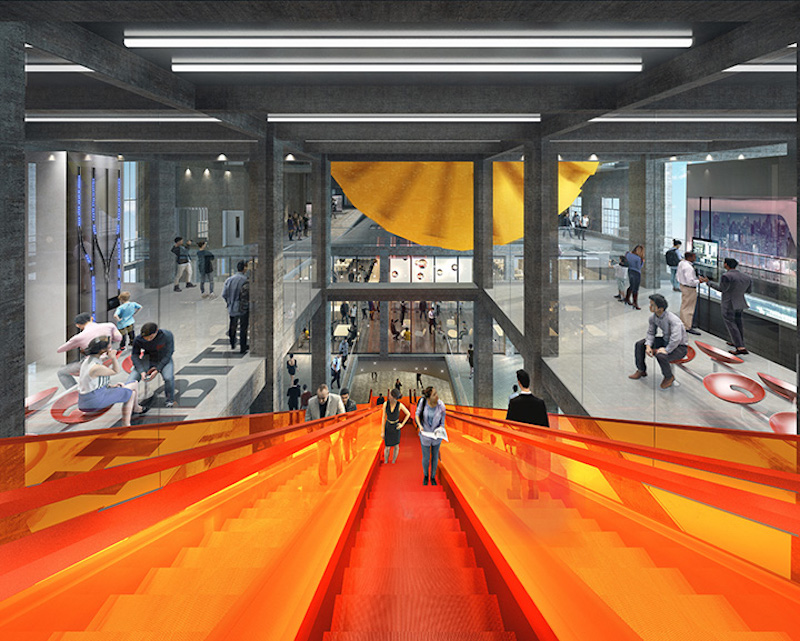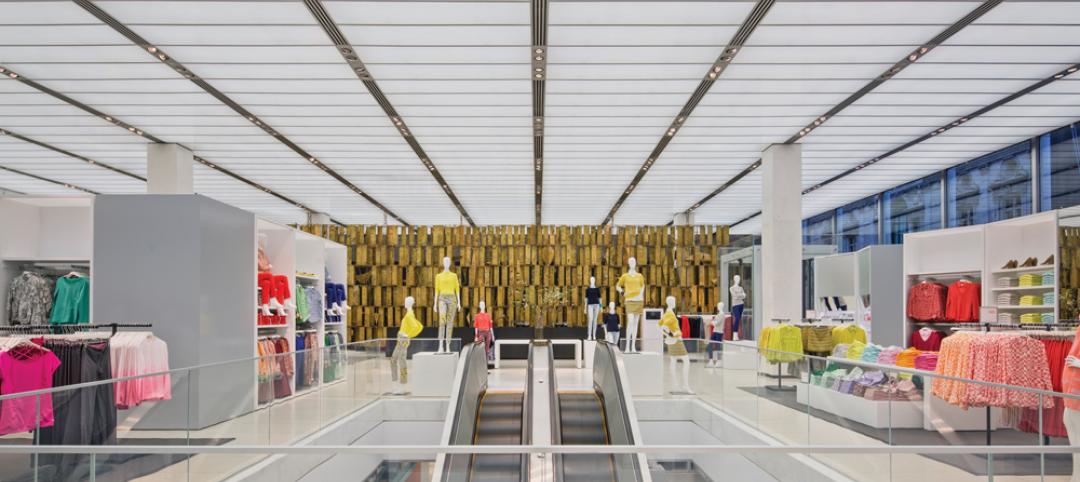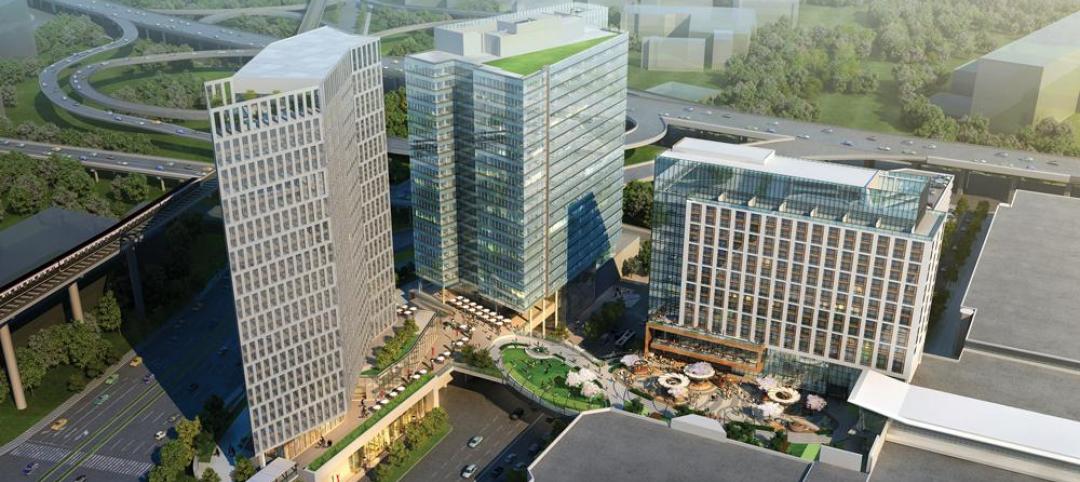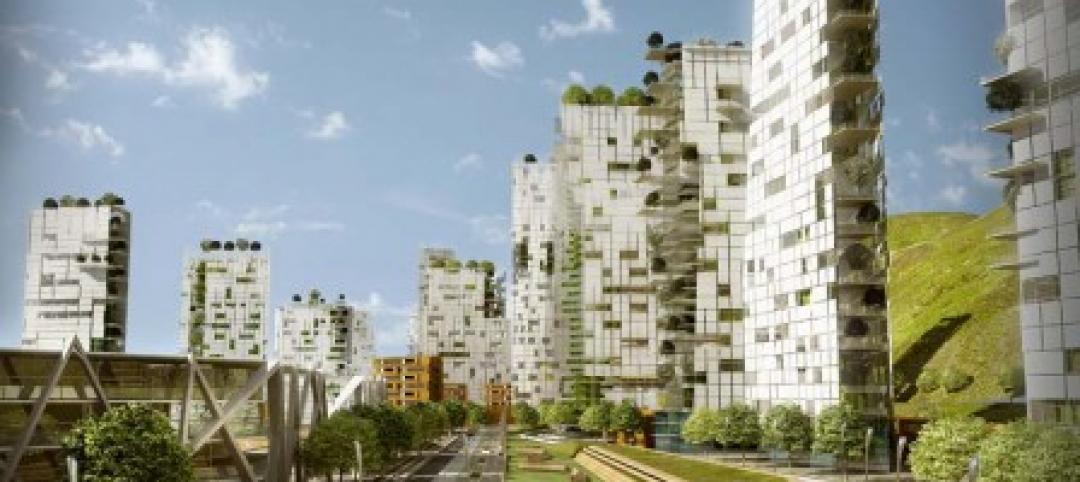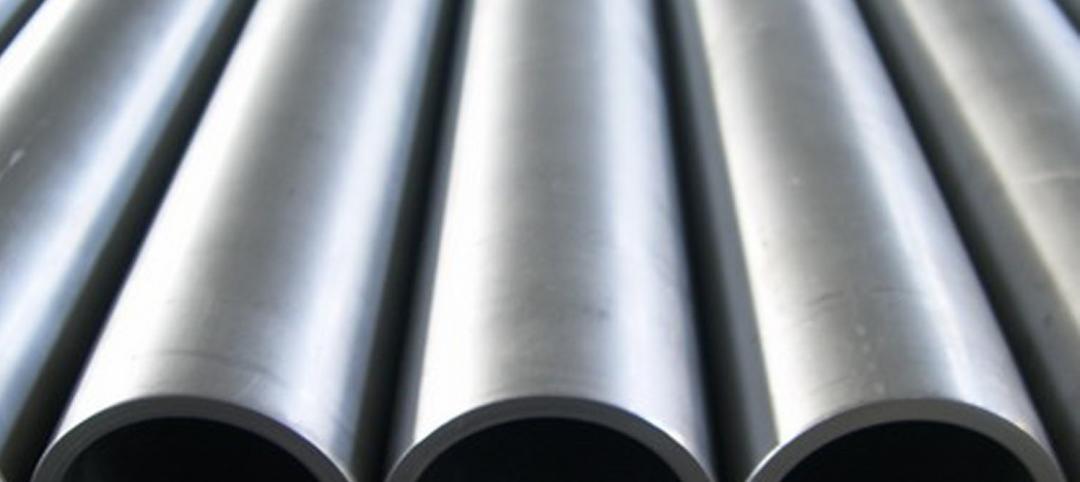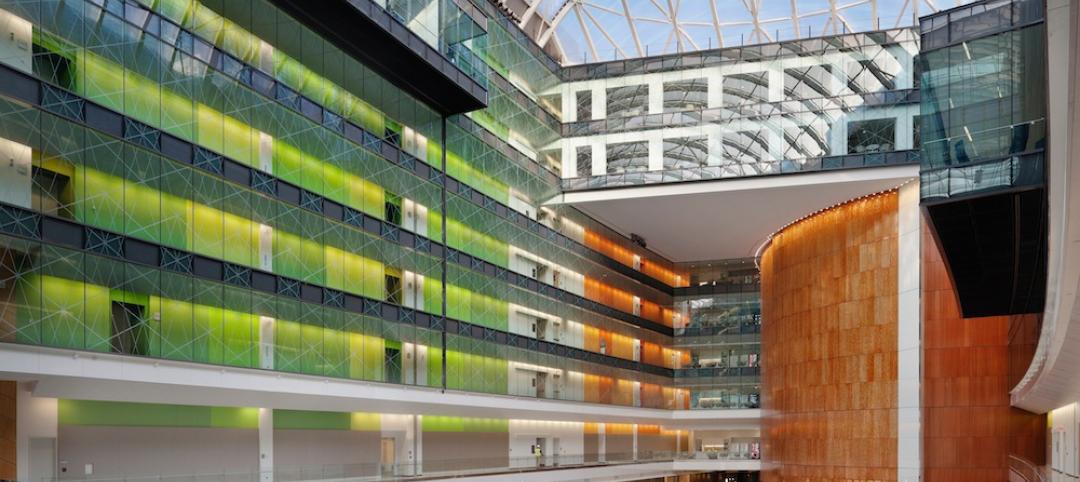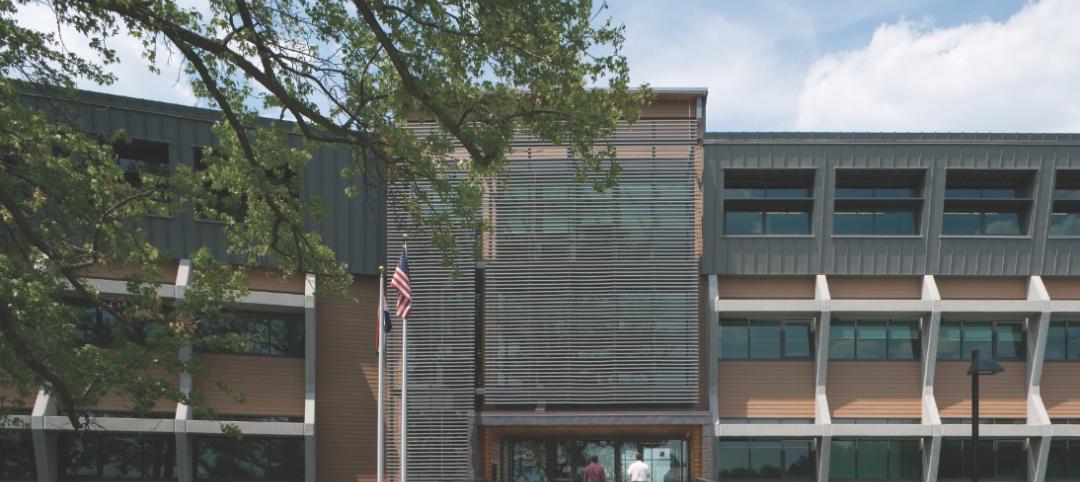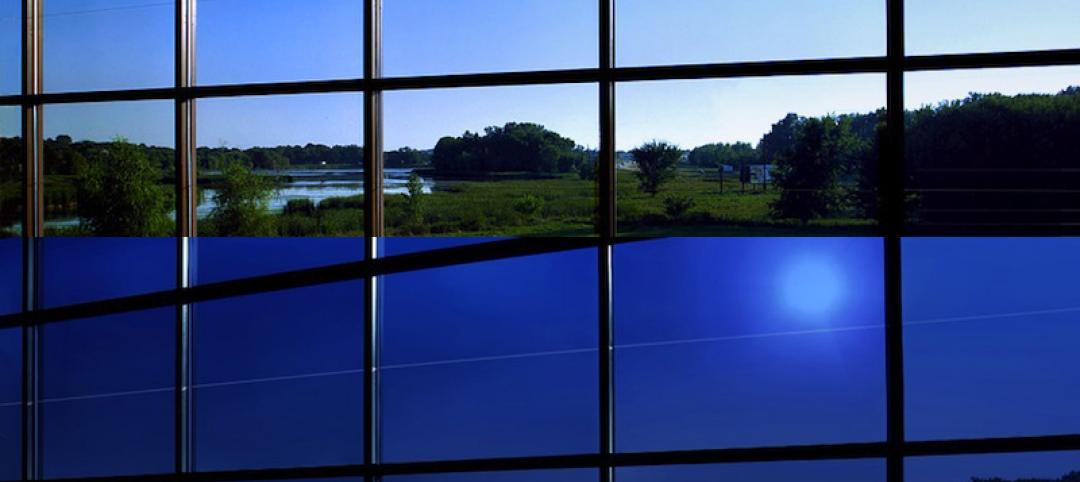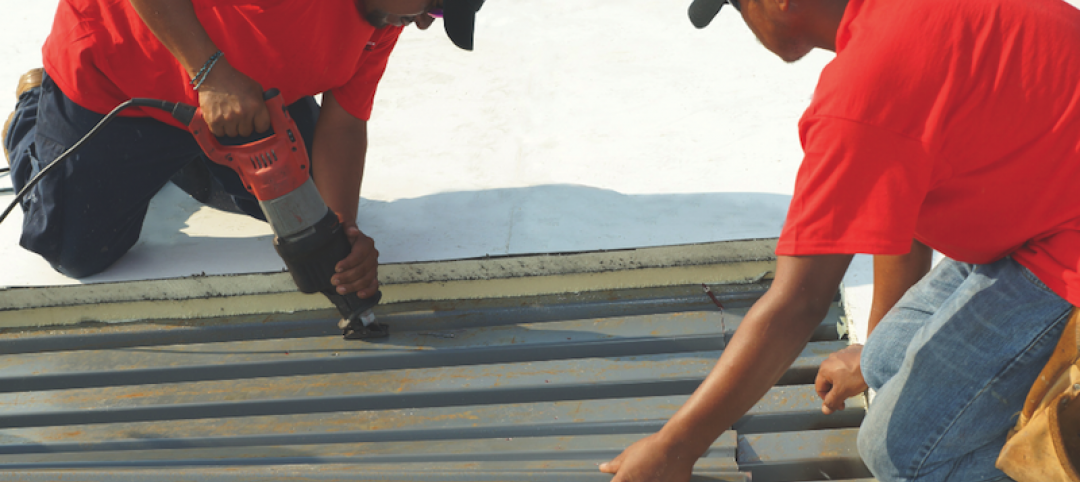Two 100-year-old German warehouses in Wuhan, China, central China’s most populous city, will be conjoined to create a 150,000-sf Metro Museum. The new building will use 75,000 sf of the site for the museum while 64,000 sf will be for commercial use, including restaurants, a café, and a gift shop.
One of the museums entrances will be underground inside the Line 7 Metro Station. Escalators will provide visitors entering via this entrance with views of each museum floor through incased glass as they ascend to the top of the four-level museum. The museum’s focal point is a tunnel-boring machine used to excavate metro tunnels. The boring machine extends two floors and is visible through floor-to-ceiling windows outside of the building. A circular ramp allows visitors to gain a close-up view of the parts and details of the machine.
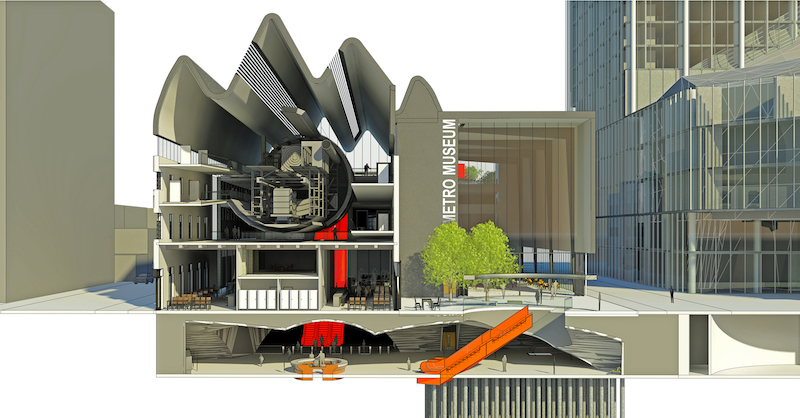 Rendering courtesy of GreenbergFarrow.
Rendering courtesy of GreenbergFarrow.
Once arriving at the fourth floor, guests will walk through a Visitor’s Center where they can explore the museum’s cabinet of curiosities (small collections of objects) as they descend an atria spiral staircase from the top floor to the ground floor. The ground level includes restaurants, a sculpture garden, and an auditorium.
“Our goal was to optimize the space to function as both a place of curiosity and socialization, with multiple revenue streams for the museum. Generating revenue beyond the admission fee is critical to the fiscal health of museums today,” says Rodney Abney, Principal of GreenbergFarrow, in a release.
 Rendering courtesy of GreenbergFarrow.
Rendering courtesy of GreenbergFarrow.
The new museum will become the largest and most comprehensive Metro Museum in China. It is expected to cost $40.8 million and open in September 2019.
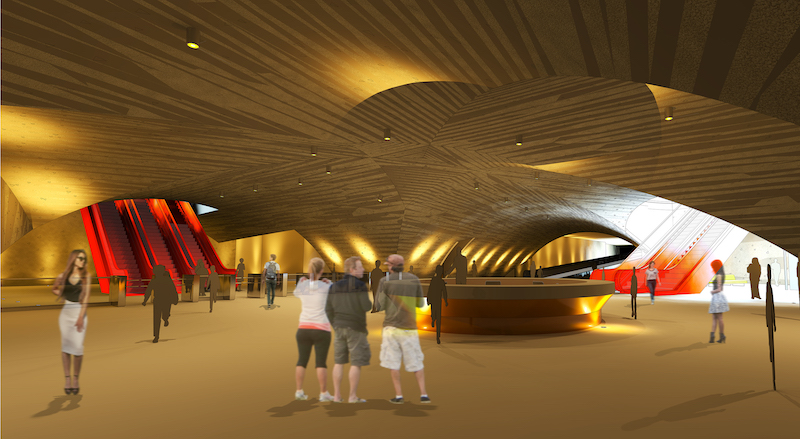 Rendering courtesy of GreenbergFarrow.
Rendering courtesy of GreenbergFarrow.
Rendering courtesy of GreenbergFarrow.
Related Stories
| Oct 30, 2013
15 stellar historic preservation, adaptive reuse, and renovation projects
The winners of the 2013 Reconstruction Awards showcase the best work of distinguished Building Teams, encompassing historic preservation, adaptive reuse, and renovations and additions.
| Oct 30, 2013
Steven Holl selected for Culture and Art Center in Qingdao, besting Zaha Hadid, OMA
Steven Holl Architects has been selected by near unanimous jury decision as the winner of the new Culture and Art Center of Qingdao City competition, besting OMA and Zaha Hadid Architects. The 2 million-sf project for four museums is the heart of the new extension of Qingdao, China, planned for a population of 700,000.
| Oct 30, 2013
11 hot BIM/VDC topics for 2013
If you like to geek out on building information modeling and virtual design and construction, you should enjoy this overview of the top BIM/VDC topics.
| Oct 29, 2013
BIG opens subterranean Danish National Maritime Museum [slideshow]
BIG (Bjarke Ingels Group) has completed the Danish National Maritime Museum in Helsingør. By marrying the crucial historic elements with an innovative concept of galleries and way-finding, BIG’s renovation scheme reflects Denmark's historical and contemporary role as one of the world's leading maritime nations.
| Oct 28, 2013
Urban growth doesn’t have to destroy nature—it can work with it
Our collective desire to live in cities has never been stronger. According to the World Health Organization, 60% of the world’s population will live in a city by 2030. As urban populations swell, what people demand from their cities is evolving.
| Oct 18, 2013
Researchers discover tension-fusing properties of metal
When a group of MIT researchers recently discovered that stress can cause metal alloy to fuse rather than break apart, they assumed it must be a mistake. It wasn't. The surprising finding could lead to self-healing materials that repair early damage before it has a chance to spread.
| Oct 1, 2013
13 structural steel buildings that dazzle
The Barclays Center arena in Brooklyn and the NASCAR Hall of Fame in Charlotte, N.C., are among projects named 2013 IDEAS2 winners by the American Institute of Steel Construction.
| Sep 19, 2013
What we can learn from the world’s greenest buildings
Renowned green building author, Jerry Yudelson, offers five valuable lessons for designers, contractors, and building owners, based on a study of 55 high-performance projects from around the world.
| Sep 19, 2013
6 emerging energy-management glazing technologies
Phase-change materials, electrochromic glass, and building-integrated PVs are among the breakthrough glazing technologies that are taking energy performance to a new level.
| Sep 19, 2013
Roof renovation tips: Making the choice between overlayment and tear-off
When embarking upon a roofing renovation project, one of the first decisions for the Building Team is whether to tear off and replace the existing roof or to overlay the new roof right on top of the old one. Roofing experts offer guidance on making this assessment.


